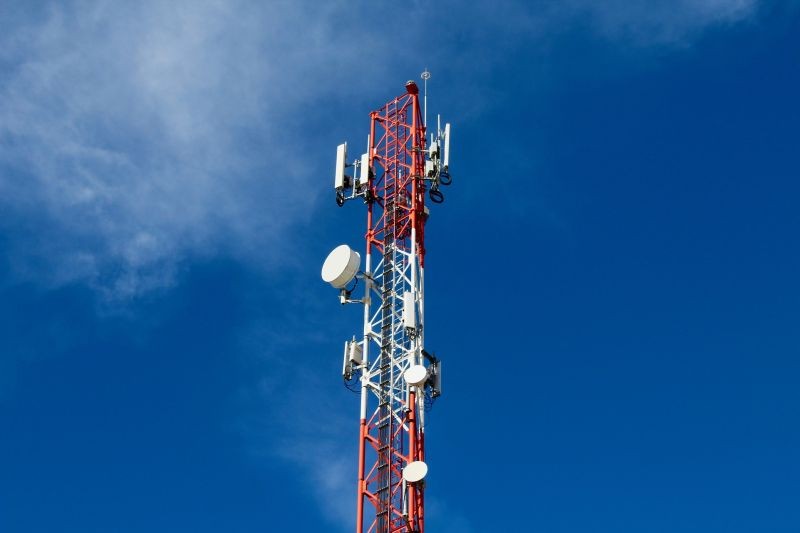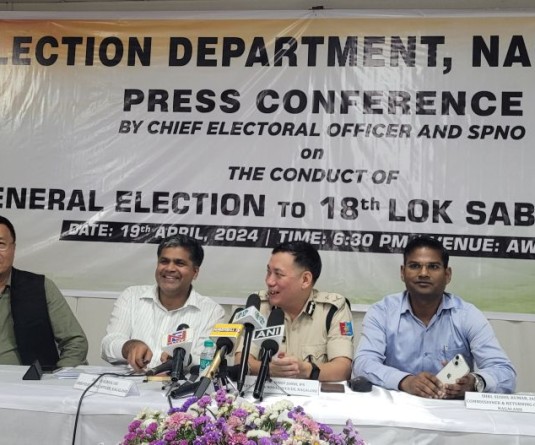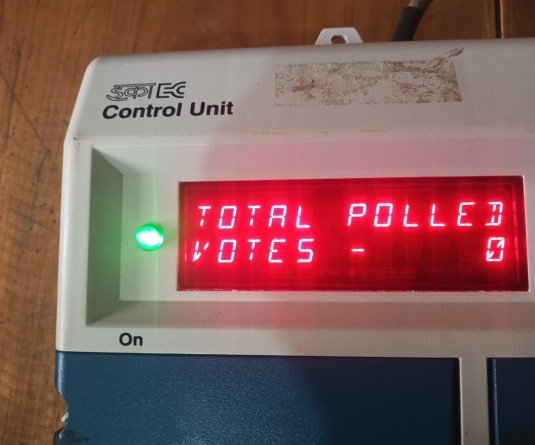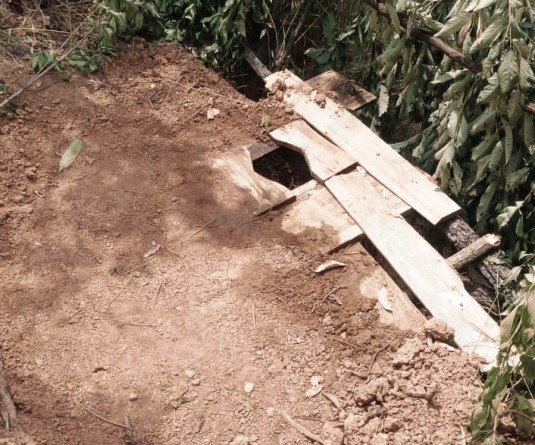For representational purpose only/ Image by Alberto Adán from Pixabay

Land ownership, misconception, topography and security
Imkong Walling
Dimapur | June 13
Telecommunications, as a service, has seldom been satisfactory in Nagaland. With the advent of mobile telephony and the internet, and more recently, online academic sessions compelled by the COVID-19 pandemic, the quality of service or the lack thereof has become all the more evident.
Students in the villages having to trek to the forests and mountain tops for appearing exams has now become a ‘new normal’ in Nagaland, which otherwise should not be.
Now with the under-graduate examinations set to start on June 14 in the State, the call from the student community for improving internet services has become louder. Results would depend on internet connectivity as much as personal aptitude.
With this in context, The Morung Express attempted to find out the reasons for the below par telecom services. In the process, this reporter could connect with two industry insiders associated with two major players in the North-east region.
For reasons of security and confidentiality, the identities of the two sources are being withheld.
Usual suspects
The first source admitted to the poor connectivity but outlined four big hurdles facing telecom service providers in Nagaland— landholding rights, misconception, topography and security.
“First, acquiring land or Right of Way has been a big issue. We do not get the permission to lay cables, optic fibre networks or to install towers. Secondly, there are misplaced fear and misconceptions regarding radiation. Thirdly, due to the hilly terrain, it is difficult to put up towers or lay optical fibre networks. Fourthly, I don’t even want to discuss this but there is insurgency and extortion related issues. Our people on the ground are very apprehensive about getting this,” the source said.
According to him, the communication signals propagated by telecom towers is of the non-ionizing kind and that it has not been established anywhere as to have caused harm to life. “The industry has been trying to make people aware. But the people have this fear,” he said.
Further commenting on the issue of terrain, he said that poor road connectivity impedes quick access to rural villages either for restoration or fresh installation.
He also brought erratic power supply into the equation. “In remote areas, we have to run our infrastructure on batteries or diesel generators and it becomes very expensive to run those towers.”
In terms of “spectrum” access, he said that the situation is quite strong “but in terms of building infrastructure on the ground,” it becomes a different story.
When queried on the unstable internet connectivity, he said that there is congestion (high traffic), especially in the main urban centres.
“With regard to upcoming exams, we are also taking initiatives,” he claimed, while adding that additional equipment (signal repeaters/boosters) are being installed to optimize transmission between towers obstructed by hills, especially in the villages.
On improving services overall, he informed that there is work afoot to install more towers in the rural areas via the Central government’s Universal Service Obligation Fund, provided there is no local impediments.
Rain and in between
The second industry source from a rival company shed more light on the difficulties faced by ground telecom personnel. “Besides the problem of terrain and acquiring land, providing optimum services during the rainy season becomes particularly challenging,” he said.
For instance, he said that responding to a “line break” takes more time in the hills than in the plains given the road conditions.
“There could be days when there would be landslides or road works damaging cables and one cannot tell for certain when the next landslides would happen. And say, if there is a problem in the Mariani-Mokokchung line, the effect is felt in Longleng, Wokha, Zunheboto, Tuensang and Mokokchung.”
On tower coverage, he informed that it varies and is subject to topography. “The effective range of a tower would be no more than 2-3km in the hills and maximum 4-5km in the plains.
Moreover, he said that ideally, there should be no physical obstructions like hills or tall buildings in the ‘line of sight’ between towers.
In Nagaland’s case, “hills comes in the way and overcoming natural barriers like mountain tops requires installing new towers in between, which further requires land.”
He added that leasing land becomes an expensive affair since, in most cases, the landowners would demand job guarantee for a family member in addition to the price quoted for the plot of land.





